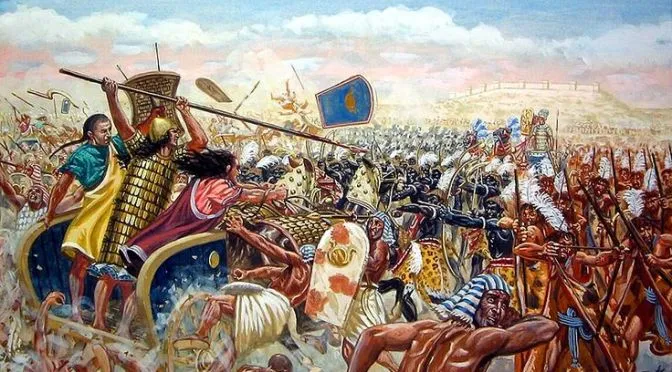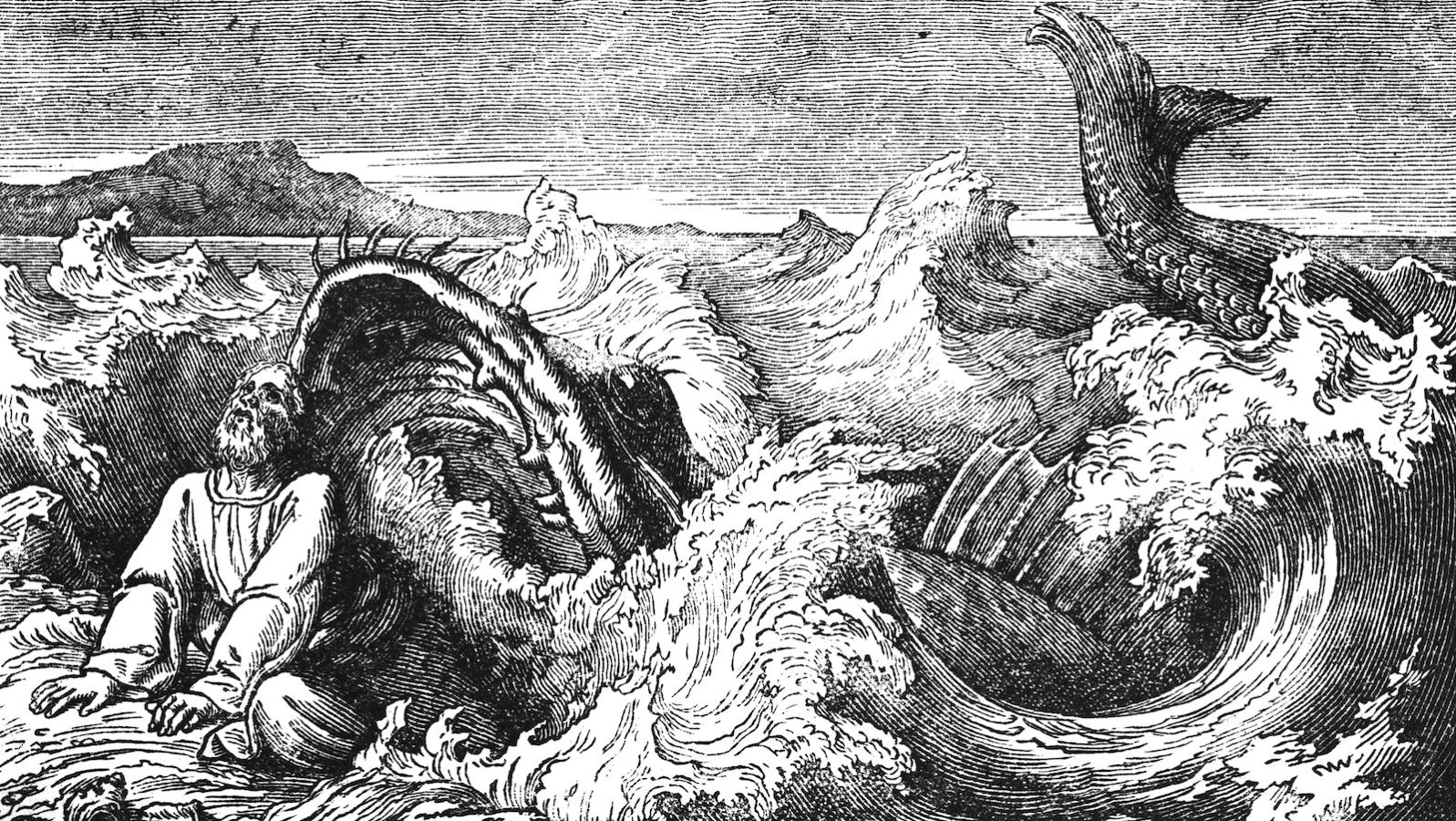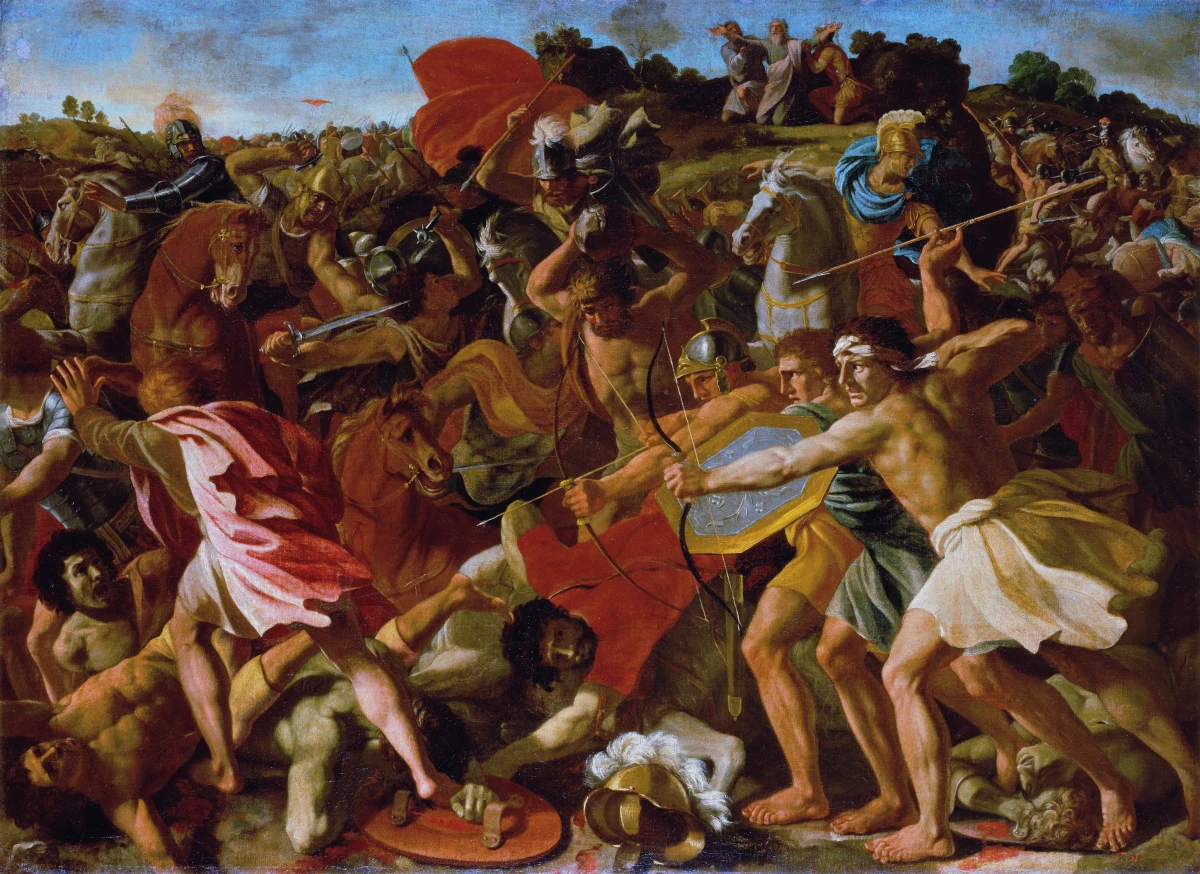Classic texts are often portrayed as timeless, as something that can be related to beyond the specific context their author wrote them in. Shakespeare is the best example, with many an English teacher swearing that the portrayals of, say, despair, grief and betrayal speak to the world of today just as much as to the fictionalised pre-Christian England of King Lear.
The Bible gets a similar treatment — its themes are supposed to be timeless and its stories meant to explore archetypes that are still relevant now. Like Shakespeare, I think this is often true but not nearly as much as people think. It’s very easy for someone to get a skewed view of the Bible from the stories they’re told about in Sunday school or even in references in popular culture. These suffer from an obvious sample bias. The more ordinary stories often highlight just how different and alien the world of the Bible is compared to our world.

Chapters 11 and 12 from 1Samuel are a perfect illustration. They don’t form a very glamorous story but every aspect of the story revolves around some form of violence or brutality. None of it is particularly eggregious — no child sacrifices or mass genocide — but if anything this highlights the banality of evil in a violent ancient society. The story’s just one damn bit of mayhem after another:
- Nahash the Ammonite besieges the Israelite town of Jabesh-gilead and threatens them with destruction unless they gouge their right eyes out as a violent form of humiliation. (11:2)
- Saul hears about this and as the new king decides to save the town. He “motivates” the Israelites to help their fellow citizens by threatening them: cutting an ox into pieces, he sends a piece to each Israelite tribe saying such dismemberment will happen to the cattle of all who don’t follow him into battle. (11:7)
- The Israelites crush the Ammonites. (11:11) It’s a sad story when the warfare is the most sane part of the story: a country acting in self-defence against an invading force.
- The Israelites now appreciate Saul as king. How do they show their good feelings? By wishing to put to death those who questioned his kingship. (11:12) Samuel says no because nobody should be put to death on a day of victory. The idea that this is not an appropriate response on any day is completely alien to the Israelite culture (and probably most cutures of the time).
- Samuel then reminds Israel that if they don’t follow YHWH’s orders he will smite them like he did earlier (in the book of Judges) and threatens them that their request for a king to lead them in battle was evil. (12:1-15)
- YHWH then makes a sound-and-fire show to demonstrate that he really can kick ass and that he really IS displeased. The Israelites don’t want to die and repent of having requested a king. (12:19) It’s repentance at the barrel of a gun which is a-ok with YHWH.
 I’ve discussed the binding of Isaac before (part 1|part 2) as a classic example of Biblical brutality. However, I think from a certain perspective a blander story like the one above is even worse. A religious student studying the binding of Isaac is is likely to have some questions about the moral and emotional nature of the events. But if you read over the points of this story from the perspective of someone religious, there’s nothing wrong with it. It’s actually a great candidate for a positive feel-good story of Saul being a righteous king and everything going very well. The background of brutality is so pervasive once you get desensitised you stop noticing it and only sit up at the “really” disturbing things like children being killed. Such is the true banality of evil.
I’ve discussed the binding of Isaac before (part 1|part 2) as a classic example of Biblical brutality. However, I think from a certain perspective a blander story like the one above is even worse. A religious student studying the binding of Isaac is is likely to have some questions about the moral and emotional nature of the events. But if you read over the points of this story from the perspective of someone religious, there’s nothing wrong with it. It’s actually a great candidate for a positive feel-good story of Saul being a righteous king and everything going very well. The background of brutality is so pervasive once you get desensitised you stop noticing it and only sit up at the “really” disturbing things like children being killed. Such is the true banality of evil.





0 Comments